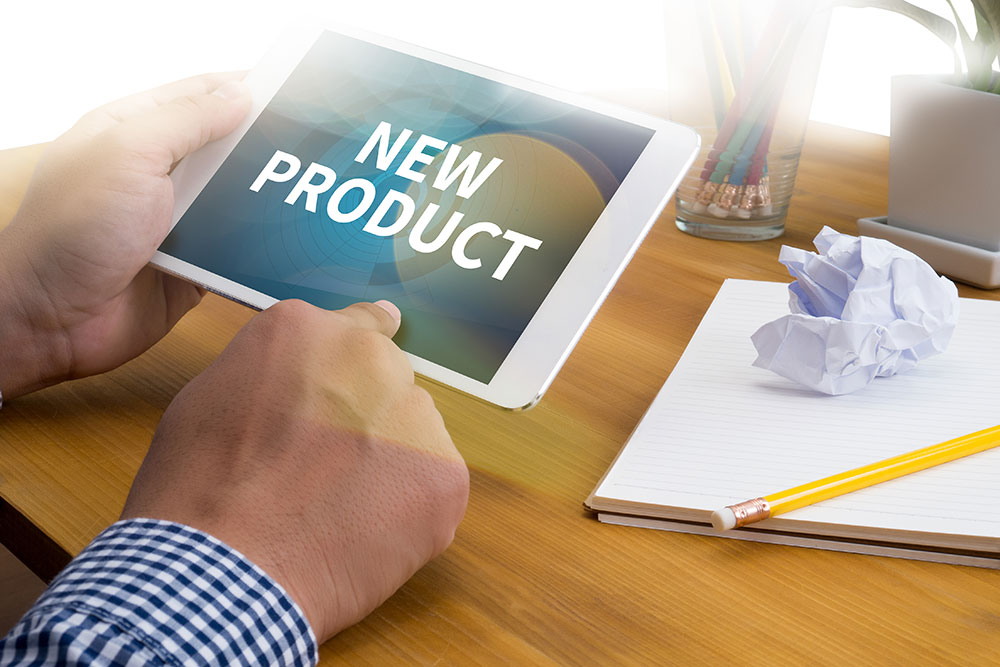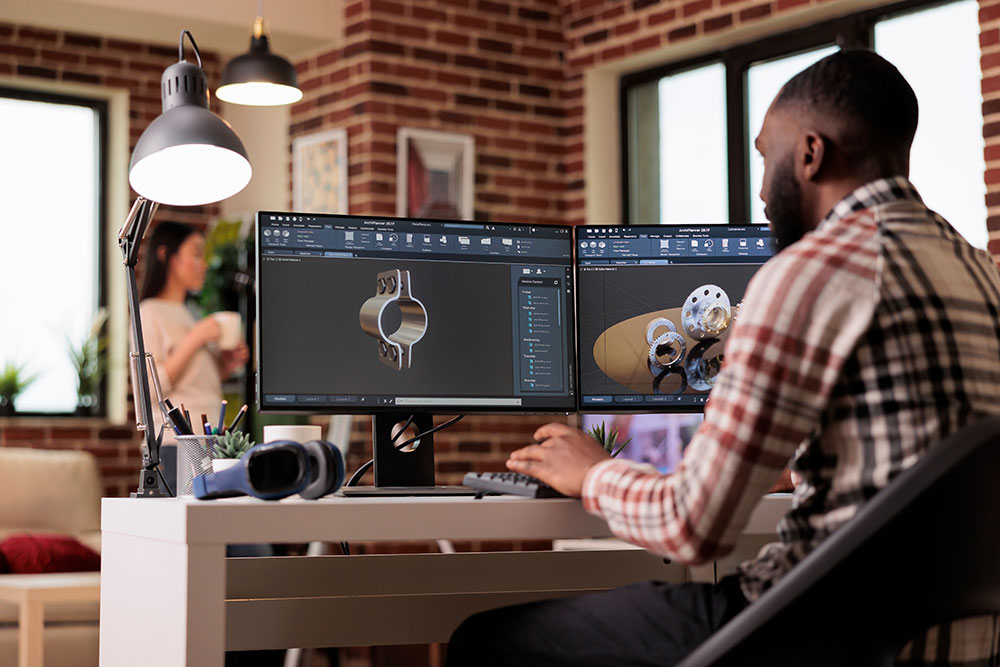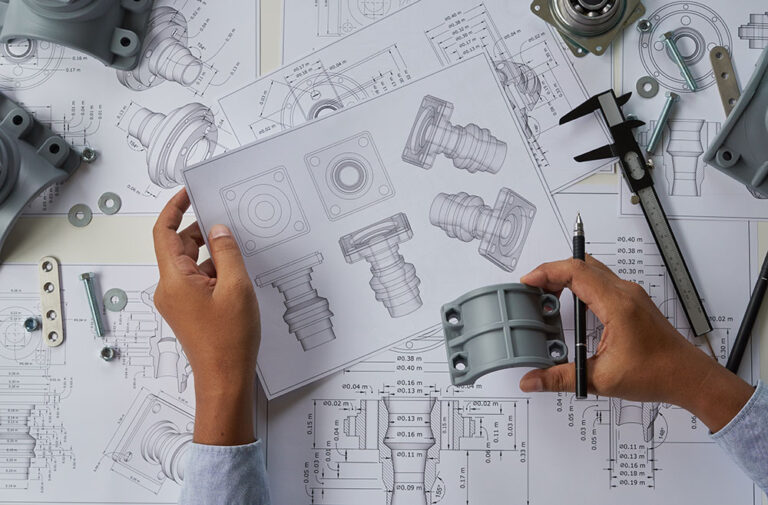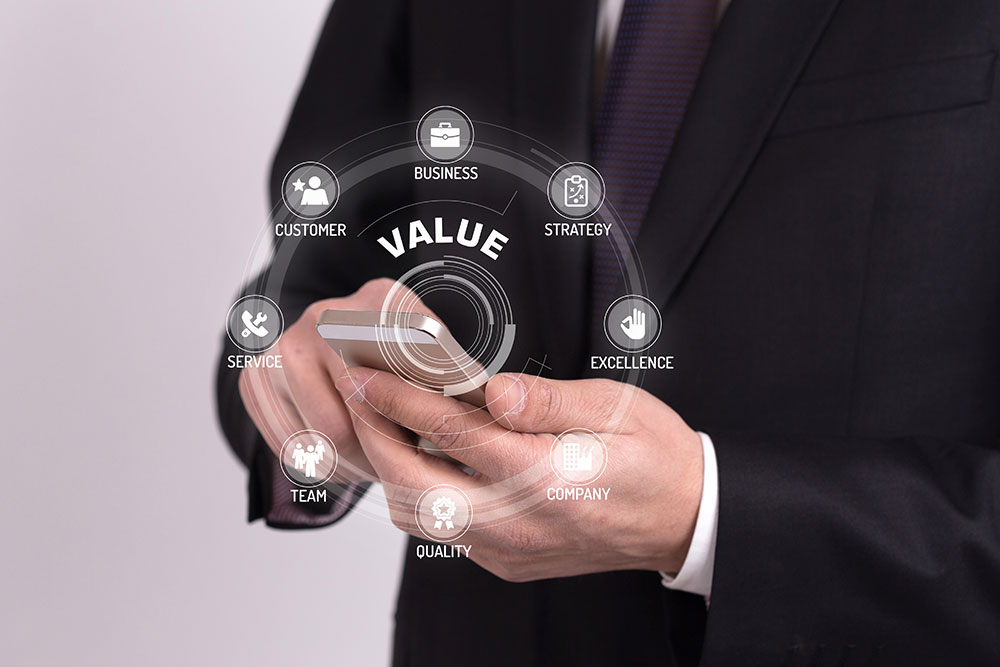The new product development journey is complex, involving ideation, definition, prototyping, detailed design, validation/testing, and commercialization. Each phase demands careful consideration, from idea generation to market launch, ensuring product viability, customer satisfaction, and revenue generation.
Iterative Process: Product development involves iterative stages, from ideation to commercialization, ensuring continual refinement and improvement based on feedback and market insights.
Market-Centric Approach: Understanding consumer needs, market dynamics, and competition is pivotal. Each phase aims to align the product with market demands, ensuring it meets customer expectations and fills genuine gaps.
Strategic Milestones: Clear exit criteria mark the completion of each phase, such as approval for advancement, confirmation of plans, and validation of product viability. These milestones ensure progress and readiness for subsequent stages.

Developing a comprehensive product entails engaging diverse stakeholders, from concept to market. Market-focused initial steps involve identifying needs through customer interactions and research. Creatively conceptualizing solutions precedes prototype creation. Validating concepts before investing ensures a viable Minimum Viable Product (MVP). Launching the MVP in market segments gauges interest, gathers feedback, and shapes marketing strategies. Iterative development, aligned with customer needs, optimizes the product through ongoing assessment, strategic goal-setting, and potential iterations.

The Digital Manufacturing Process integrates 3D CAD modeling, utilizing software like Solidworks, CATIA, AutoCAD, for detailed representations. The process phase employs 3D printing, CNC machining, sheet metal fabrication, and injection molding, customized to manufacturing needs. Analysis and Preparation involve DEM analysis, part orientation, DFM analysis, toolpath programming, while the Production phase transmits digital instructions, executing manufacturing processes. Resulting in the creation of final components or products.


Transform your concepts into reality with Createproto’s expert product development and prototyping services. Accelerate innovation, minimize risks, and bring your ultimate product to market successfully. Consult us now!

Careful ideation and research are crucial before prototype development and launch. The product development process serves as a versatile framework, adaptable across industries, with customization encouraged for optimal results.